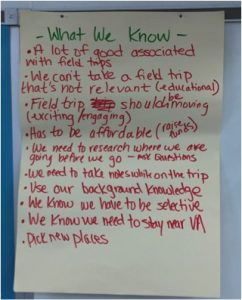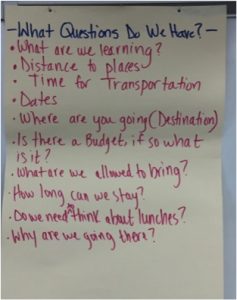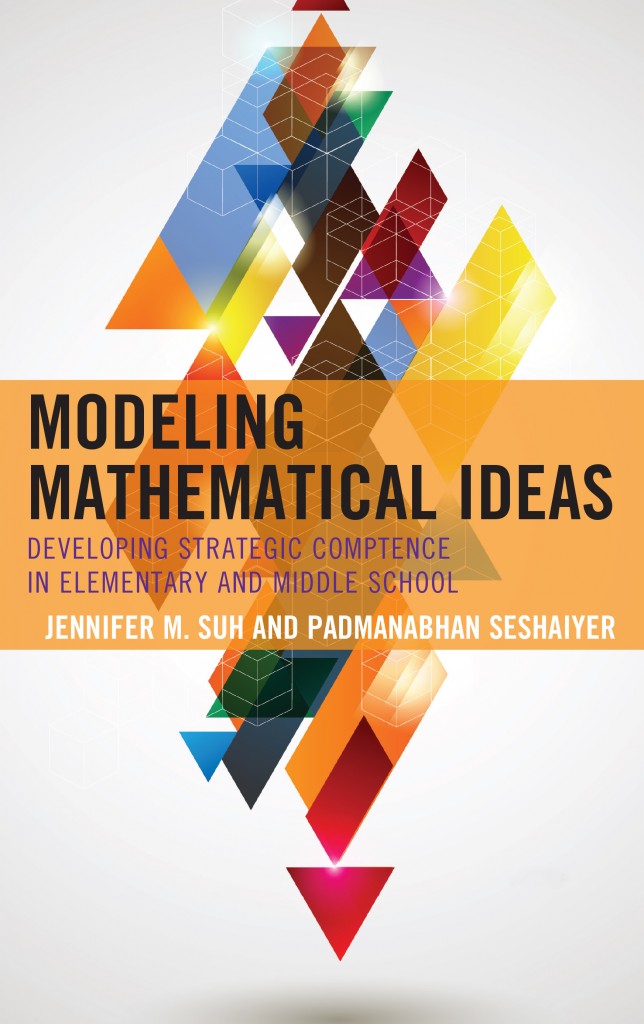THE LUNCH PROBLEM
 You are going to the amusement park. At the amusement park, you will buy lunch. You don’t want to carry coins, only dollar bills, because coins can fall out of your pocket on the rollercoaster. You can purchase any of the items on the menu, but you cannot buy more than one of the same item, and you cannot spend more than $10.00. Using the menu to the left, find out how many different lunches you could buy without receiving any change back.
You are going to the amusement park. At the amusement park, you will buy lunch. You don’t want to carry coins, only dollar bills, because coins can fall out of your pocket on the rollercoaster. You can purchase any of the items on the menu, but you cannot buy more than one of the same item, and you cannot spend more than $10.00. Using the menu to the left, find out how many different lunches you could buy without receiving any change back.
Doing Mathematics Tasks
• Requires complex and non-algorithmic thinking (i.e., there is not a predictable, well-rehearsed approach or pathway explicitly suggested by the task, task instructions, or a worked-out example). • Requires students to explore and to understand the nature of mathematical concepts, processes, or relationships. • Demands self-monitoring or self-regulation of one’s own cognitive processes. • Requires students to access relevant knowledge and experiences and make appropriate use of them in working through the task. • Requires students to analyze the task and actively examine task constraints that may limit possible solution strategies and solutions. • Requires considerable cognitive effort and may involve some level of anxiety for the student due to the unpredictable nature of the solution process required.
Stein, Mary Kay, Margaret Schwan Smith, Marjorie A. Henningsen, and Edward A. Silver. 2009. Implementing Standards-Based Mathematics Instruction: A Casebook For Professional Development, 2nd ed. New York: Teachers College Press.
http://www.nctm.org/Publications/Teaching-Children-Mathematics/Blog/Tasks,-Questions,-and-Practices/
Standards for Mathematical Practice:
- Look for and make use of structure.
- Model with mathematics.
- Use appropriate tools strategically.
- Attend to precision.





